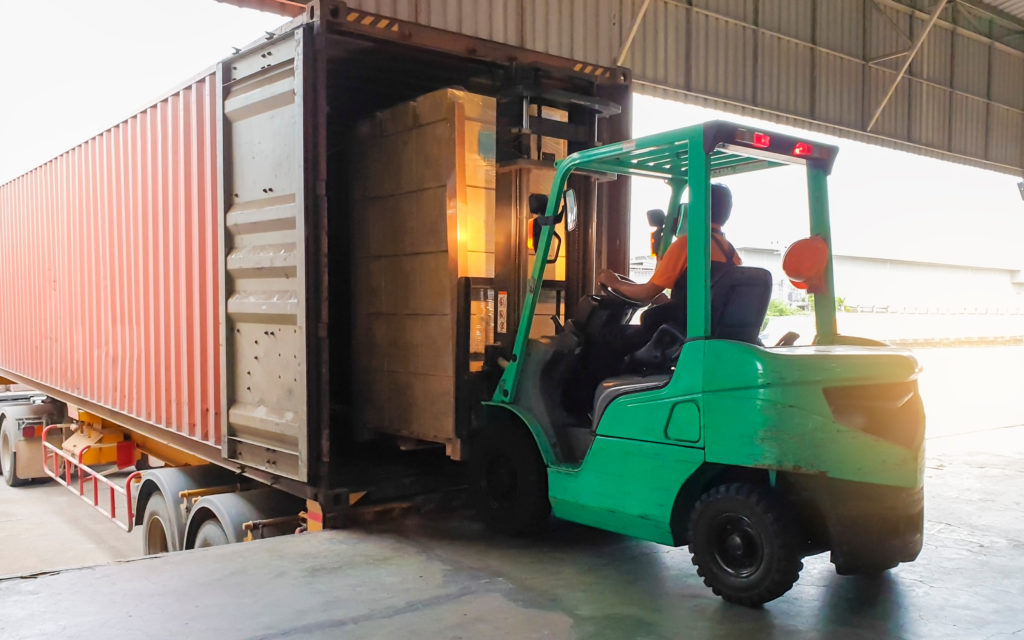In transportation logistics, every mile and every minute matters. Slowdowns and inefficiencies compound. While some supply chain operating costs cannot be significantly reduced, transportation logistics offers opportunities to trim unnecessary time, money, and fuel use. Increasing your supply chain transportation efficiency is simply one of the best ways to lower your total cost of business.
Four Ideas for Improving Supply Chain Transportation Efficiency
Small improvements in supply chain transportation efficiency can have a huge impact. Here are some ways that thinking small can help improve profit margins and ultimately impact your bottom line.
-
Reduce Rate of Rejections and Returns
Shipment rejection requires unnecessary return transport, and, in doing so, it can create a hidden supply chain inefficiency. Returned goods result in uses of a company’s equipment and manpower that are not ultimately profitable. Additionally, transporting returned goods requires unnecessary fuel costs.
The leading causes of returned goods are damage and contamination. Products—especially in the food, agriculture, and pharmaceutical industries—can be contaminated in many ways, but one major cause is contaminated wood pallets. Since wood pallets absorb liquids and are difficult or impossible to clean, it is not uncommon for them to be the cause of contamination incidents and to ultimately result in rejected loads. Likewise, cracked or broken wood pallets can also damage products and may even lead to employee injuries.
One way to reduce rejections is to switch to plastic pallets that are durable and non-absorbent. This is a good way to ensure that trucks are only filled with goods that are going out, not coming back in.
-
Lighten the Load Without Increasing Trips
Fuel efficiency improvements comprise one strategy to increase supply chain efficiency. While a fleet overhaul could accomplish this, less expensive options exist that are easier to implement. By lowering a shipment’s overall weight, a business can realize significant fuel (and therefore cost) savings while delivering the same amount of goods.
Plastic pallets can help here, too, as they are up to 35 percent lighter than wood block pallets, yet can carry the same weight. This allows businesses to save on fuel costs and lower overall carbon emissions while transporting the same amount of goods.
-
More Efficient Routes, More Efficient Drivers
Modern trucking logistics is incredibly complex. Networks connect manufacturers, warehouses, intermodals, and end-users. Full trucks, less-than-load carriers, and last-mile drivers must work together to increase transportation efficiency and reduce logistics costs.
By perfecting driver routes within these networks, a company can reduce redundancy and wasted time. For example, an investment in route planning software can quickly pay for itself, while specialized consultants can help untangle logistical complexities. Driver training is likewise a corollary to efficient routes. Increased training helps keep drivers safe; trainings also encourage drivers to follow assigned routes and utilize technology to improve their efficiency. In short, driver training not only helps the bottom line, it also enables drivers to do their jobs even better.
-
Lower Load Times With Automation
Time spent loading and unloading trucks is wasted time. It might be a necessary evil, but it is still time that doesn’t increase profit. Ideally, warehousing processes are expedited through increased automation without compromising safety or product integrity. Efficient supply chain and warehouse automation processes require automated pallet management to help stack, store, and load quicker. However, not all pallet types are equally effective for use with automation.
Plastic pallets are far more suitable than wood pallets for automated processes. They have consistent dimensions and are designed to withstand more rigorous processes that allow shipments to be unloaded from the truck, stored, and reloaded faster.
Increase Efficiency and Lower Cost of Business
 There are many ways to improve your transportation efficiency. The good news is that small steps add up incrementally, and that none of these implementations work in a vacuum. For example, switching to plastic pallets can help lighten product loads and reduce the rate of rejections while paving the way for future investments in supply chain automation. Small steps can open the door to major changes.
There are many ways to improve your transportation efficiency. The good news is that small steps add up incrementally, and that none of these implementations work in a vacuum. For example, switching to plastic pallets can help lighten product loads and reduce the rate of rejections while paving the way for future investments in supply chain automation. Small steps can open the door to major changes.
Considering steps to increase supply chain transportation efficiency means looking to the future for ways to get shipments to customers as soon as possible and with the least possible waste of both fuel and money. By finding ways to increase transportation efficiency, you can help plan for a smoother, more sustainable future with a lower total cost of business.
iGPS rents recyclable plastic pallets that can dramatically improve your supply chain efficiency. To learn more about how our pallets are safer and cleaner, give our team a call at 1-800-884-0225, email a specialist at switch@igps.net, or visit our contact page.



